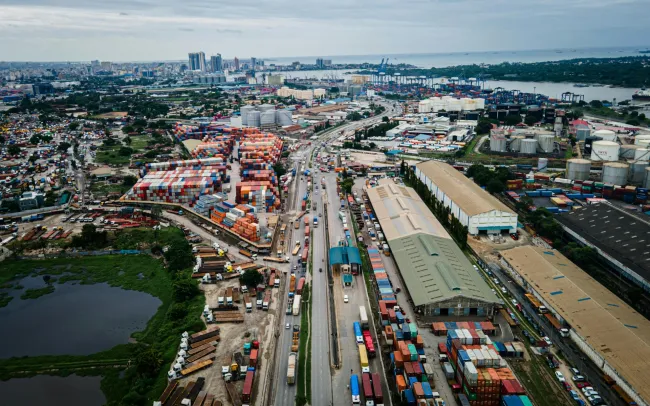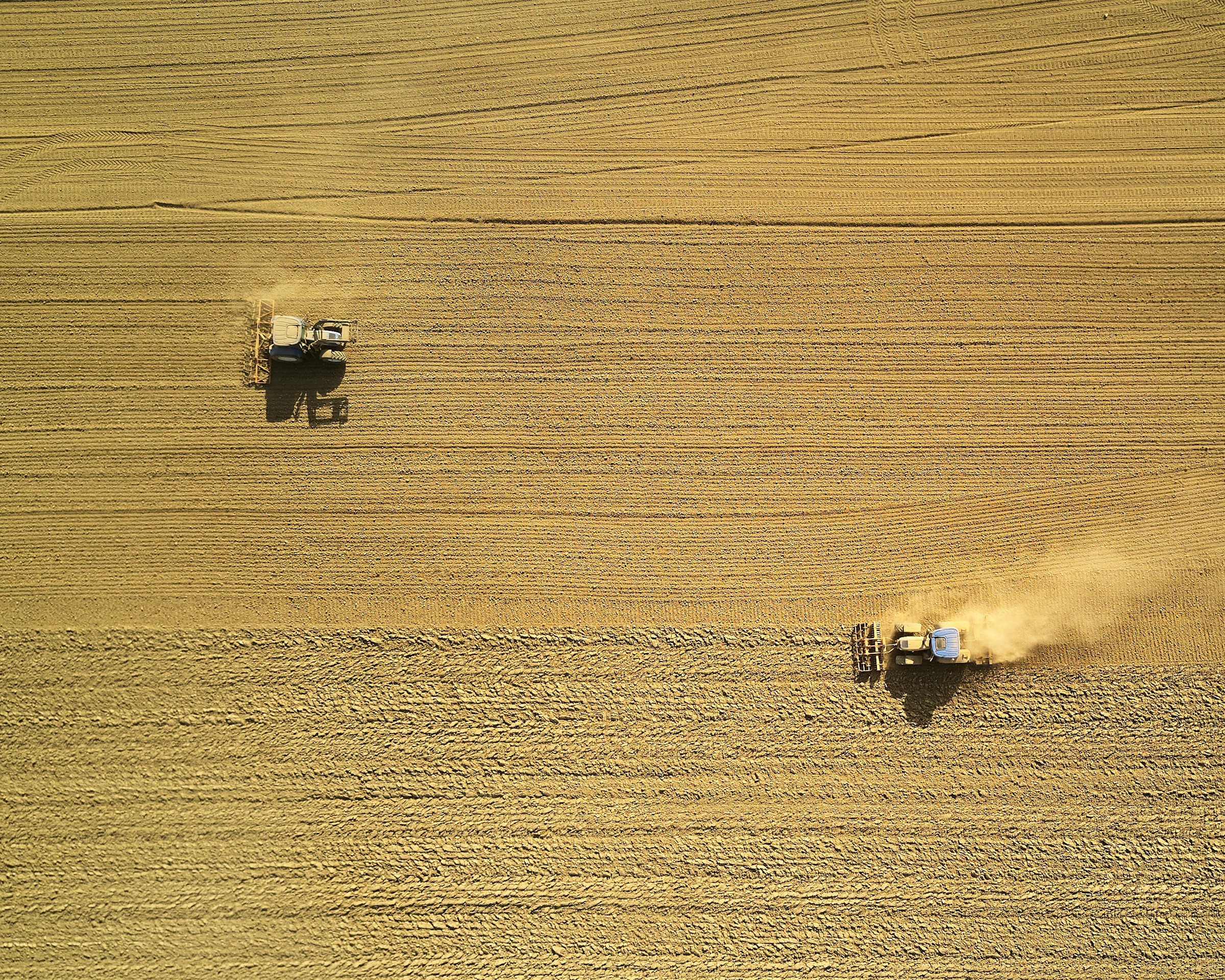This study maps the U.S. agri-food distribution onto real-world highways, railways and waterways to quantify the trade-offs between cost, carbon emissions, and path redundancy across different transport modes. It finds that highways cost three times as much, produce 60 times more carbon and have the highest path redundancy relative to waterways.

Abstract
Agricultural and food supply chains in the United States are essential for both global and local food security, yet the transportation of agri-food commodities has received little attention despite being an essential feature for connecting production to consumption. Here we map the US agri-food distribution onto real-world highways, railways and waterways and also quantify the trade-offs between cost, path redundancy and carbon emissions of agri-food transit across transportation modes. Highways show the greatest path redundancy; relative to waterways, highways also cost 3 orders of magnitude more and emit 60 times more carbon. On the contrary, waterways show the lowest cost and emission levels, but path redundancy against transportation disturbances is 80% lower than for highways. Railways offer a middle ground on path redundancy, carbon emission and cost concerns compared to highways and waterways. Our findings can inform efforts to balance affordability, resilience and sustainability in agri-food transportation.
Reference
Karakoc, D.B., Konar, M. Trade-offs between resilience, sustainability and cost in the US agri-food transportation infrastructure. Nat Food (2025). https://doi.org/10.1038/s43016-025-01128-9
Read more here. See also the TABLE podcast series, Fuel to Fork, an investigation into the fossil fuels in the food we eat



Comments (0)